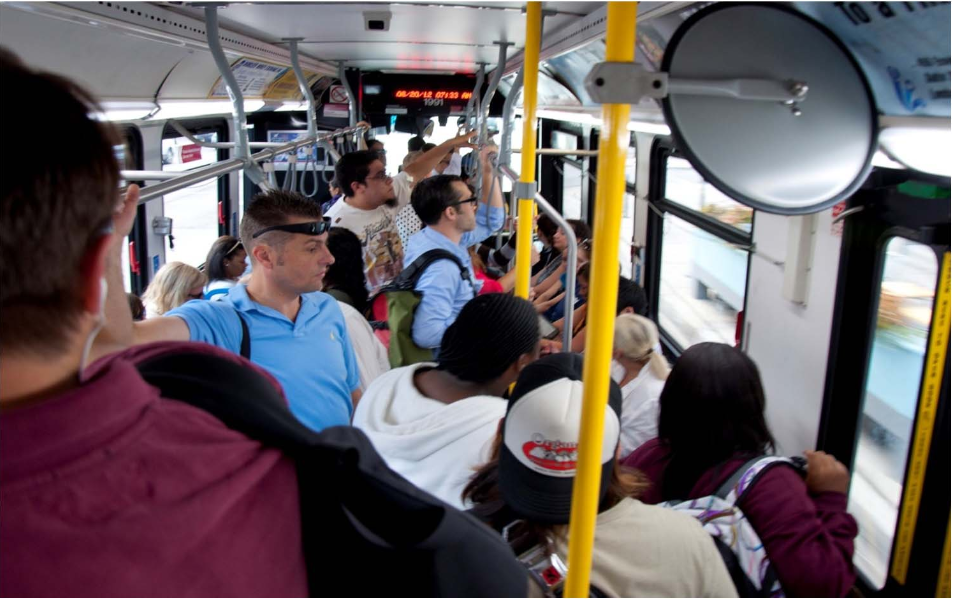CTA’s Decrowding Measures Having an Impact
The Chicago Transit Authority (CTA) proposed a decrowding plan last fall, and after one quarter, it appears to be working.

Source: CTA Crowding Reduction Plan: http://www.transitchicago.com/assets/1/miscellaneous_documents/Public_hearing_presentation_FINAL_090412s.pdf
They proposed the plan to reduce crowding and meet growing ridership needs (In September, they announced that “CTA ridership has risen 16 straight months, adding 22 million riders since June 2011.”) The original plan essentially:
- added service to 48 high ridership bus routes
- added 17 rail trips to the Red, Blue, Green, Purple, Brown, and Orange lines during weekday rush hour
- added rail trips to the Red, Brown, and Blue lines during weekend service
- discontinued service on 12 low ridership bus routes (or duplicative)
- discontinued service on 4 bus route segments (the entire bus route was not axed).
These service changes went into effect mid-December, 2012. The reasoning behind the addition of service and discontinuation of service was justified by the fact that the high ridership bus and rail routes represent more than 75% of the average daily ridership while the discontinued routes only represented less than 2% of its average daily ridership. Additionally, for the discontinued routes, there was another transit option nearby, such as a rail line, or another bus route. These cuts were also closely coordinated with the suburban bus company, Pace.
In mid-May, CTA issued a press release about how the above changes seem to be working. Less crowded conditions and better service had been observed. Nearly all the routes that received additional service showed reduced crowding, with ridership remaining either the same or increasing. The same situation was observed on the rail lines.
As for funding, the additional service was essentially funded by the discontinuation of the 12 low ridership/duplicate bus routes. Also, the CTA has been renegotiating 9 contracted bus routes to help defray the cost of additional service. They state that the plan has provided an equivalent of $16 million for added service at no cost to tax payers.
This plan is interesting to WMATA as we are doing a similar holistic type of review of our service too currently, but only of our bus network. For the Bus Network Effectiveness Study, we are looking at in which markets we perform well, in which ones we perform poorly, where the opportunities are, and where the challenges/threats are.
Stay tuned on more updates about the Bus Network Effectiveness Study!


One simple policy (not sure if formal or informal) of CTA that I observed when living in Chicago, is that drivers ask passengers to exit from the rear door (obviously except those with limited mobility sitting near the front). This helps its buses reduce passenger loading/unloading times and also deal with crowding. In the DC area it’s commonplace that most passengers exit at the front, even coming from the back of the bus, making everyone at the stop wait before getting on. Has WMATA looked at this?